Teacher Introduction Letter Template for a Warm Welcome
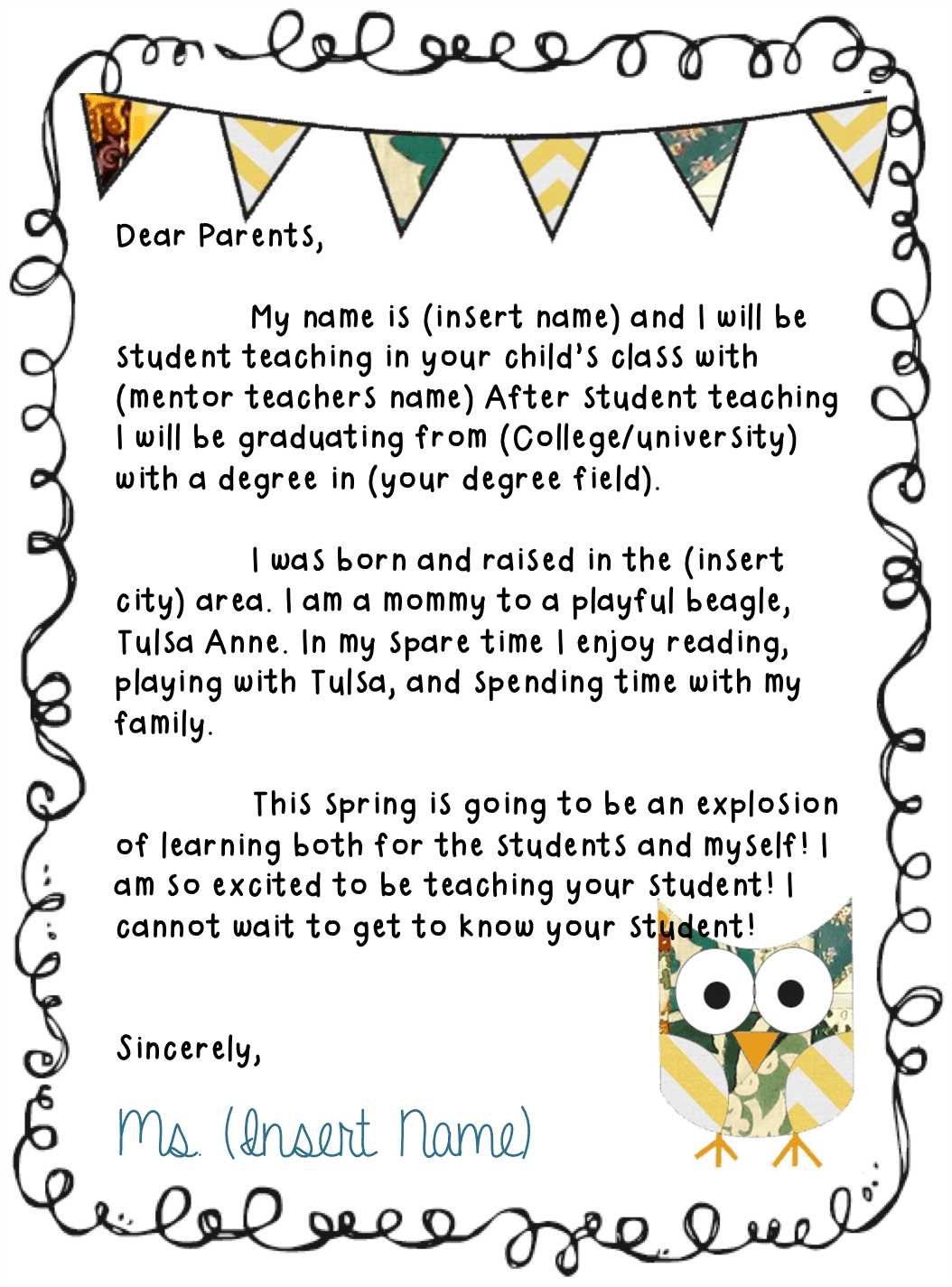
Establishing a strong first connection with students and their families is a crucial step for any educator. A well-crafted initial communication sets the tone for the rest of the school year and helps build trust and understanding between both parties.
By presenting a clear and approachable message, educators can provide insight into their style, values, and expectations. This first interaction is an opportunity to express enthusiasm, establish goals, and create a positive, open atmosphere that encourages collaboration.
Crafting such a message may seem daunting, but with a structured approach, anyone can create a professional and engaging note that resonates. The key lies in balancing formality with warmth, ensuring the reader feels welcomed and informed from the start.
Key Elements to Include in the Letter
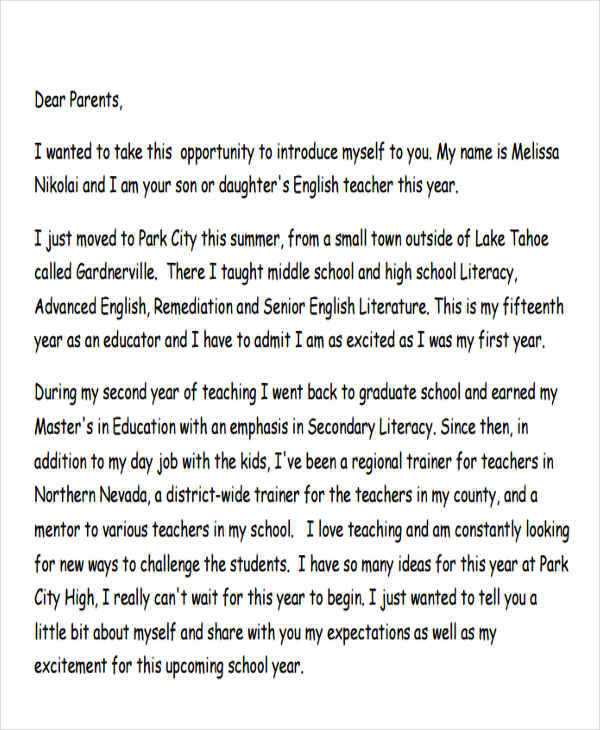
To create a message that is both informative and engaging, certain components are essential. These elements help convey important details while establishing a sense of professionalism and warmth. By including the right content, you ensure the recipient feels confident and informed from the very first interaction.
The opening should begin with a brief, friendly greeting that sets the tone. Introduce yourself in a way that highlights your role and experience, allowing the reader to understand your background and approach. Mentioning your enthusiasm for the upcoming collaboration can help build rapport early on.
Next, it’s important to share key information about your goals, expectations, and any relevant plans. This helps provide context and sets clear expectations for the coming period. Make sure to also explain how you plan to support the student’s growth and development, emphasizing your commitment to their success.
Finally, a call to action or invitation for future communication can help foster an ongoing connection. Invite the reader to reach out with questions or concerns, and offer your availability for follow-up. Ending on a positive, open note leaves the reader with a sense of confidence and encourages a smooth transition into your professional relationship.
Common Mistakes to Avoid in Letters
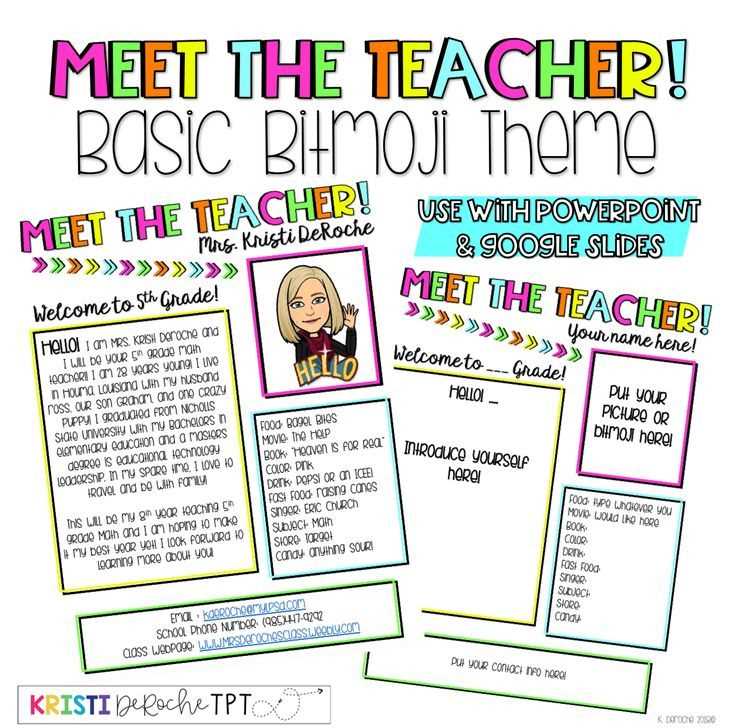
While crafting a professional message, there are certain pitfalls that can undermine the effectiveness of your communication. Avoiding common errors ensures that your message is clear, respectful, and well-received. Being mindful of these mistakes helps establish credibility and fosters positive relationships right from the start.
One of the most frequent missteps is using overly complex language or jargon. While it’s important to be professional, a message filled with complicated words can confuse the reader. Strive for clarity and simplicity, making your content easy to understand without sacrificing professionalism.
Another mistake is neglecting to personalize the content. A generic, one-size-fits-all approach can come across as impersonal and disconnected. Tailor your communication to the specific audience, incorporating relevant details and showing genuine interest in their needs.
Additionally, failing to proofread is a critical error. Even small typos or grammatical mistakes can detract from your professionalism and leave a negative impression. Always take the time to review your message carefully before sending it out.
Lastly, not providing clear contact information or next steps can cause confusion and hinder the flow of communication. Make sure to include specific instructions for follow-up and ensure the recipient knows how to reach out if necessary. A lack of direction can leave the reader unsure about what to do next.
Tips for a Professional Tone and Style
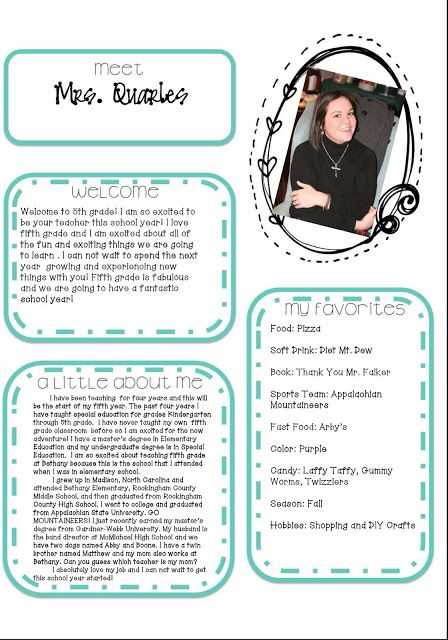
Maintaining a professional tone while still being approachable is key when crafting any form of communication. Striking the right balance helps create an impression of competence and respect, while also fostering trust and openness. Here are some essential guidelines to ensure your message resonates appropriately with the reader.
Be Clear and Concise
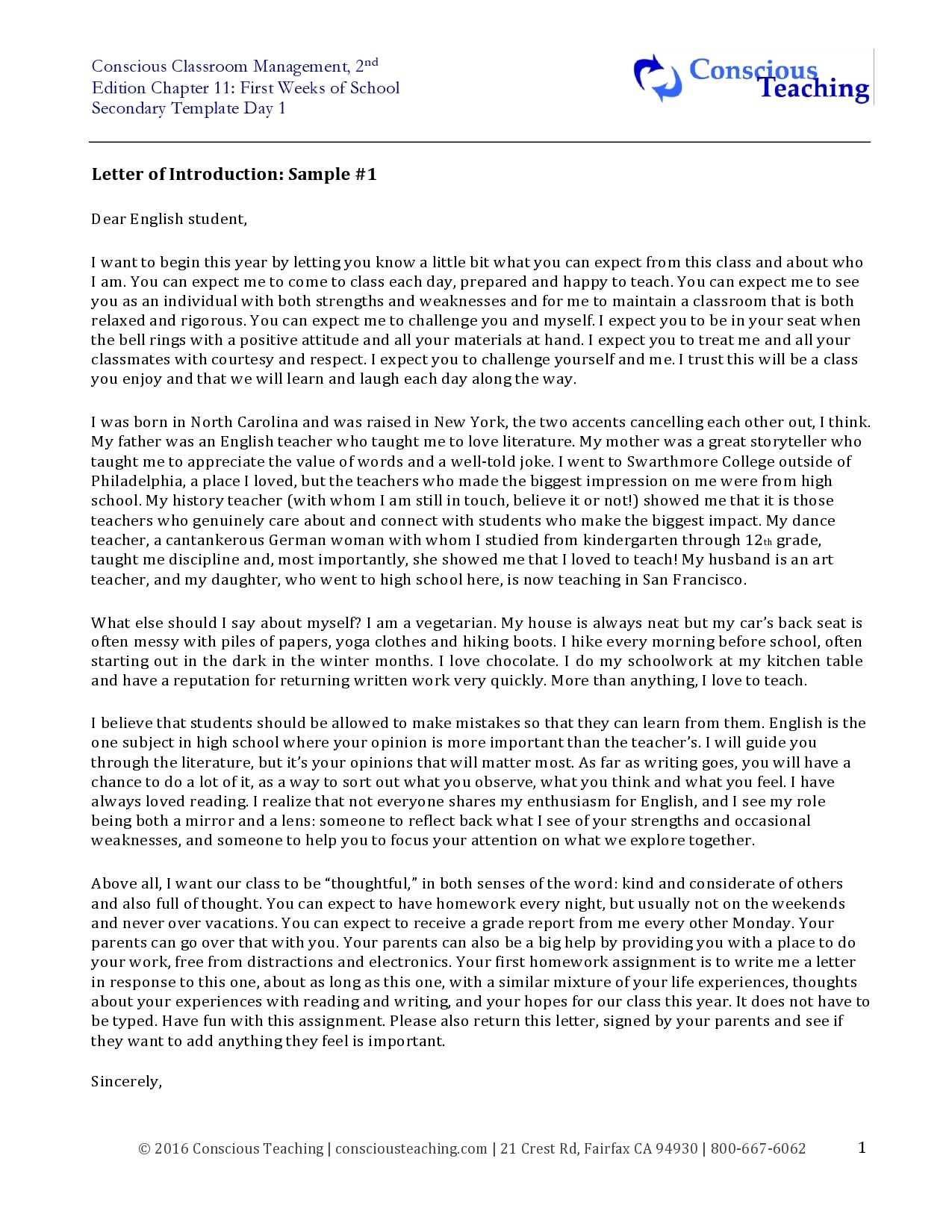
When addressing your audience, clarity should be a top priority. Avoid unnecessary complexity and long-winded explanations. A direct approach ensures that your core message is understood without confusion. Be straightforward, but also maintain a respectful and considerate tone.
Use a Friendly Yet Formal Tone
While professionalism is crucial, your communication should still feel warm and welcoming. A friendly tone invites collaboration, while formality maintains a sense of respect. Avoid being too casual, as this may undermine your credibility, but also refrain from being overly stiff or distant, which could create a barrier between you and your audience.
Additionally, ensure the language used is inclusive and positive. This helps to foster a collaborative environment and encourages open dialogue. By choosing words carefully, you convey a sense of care and attentiveness, important qualities in any professional relationship.